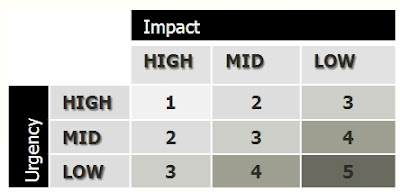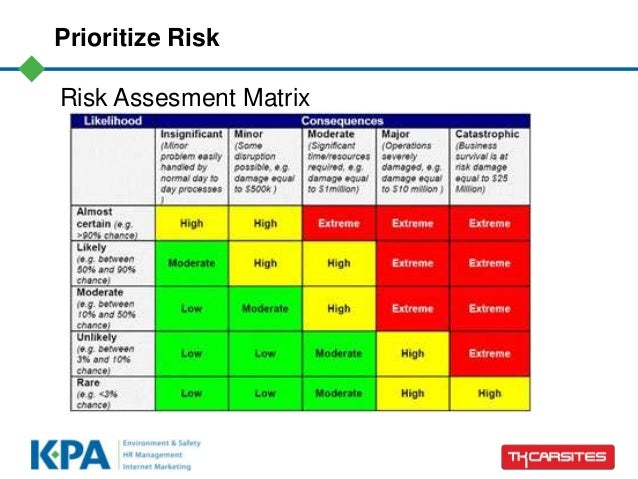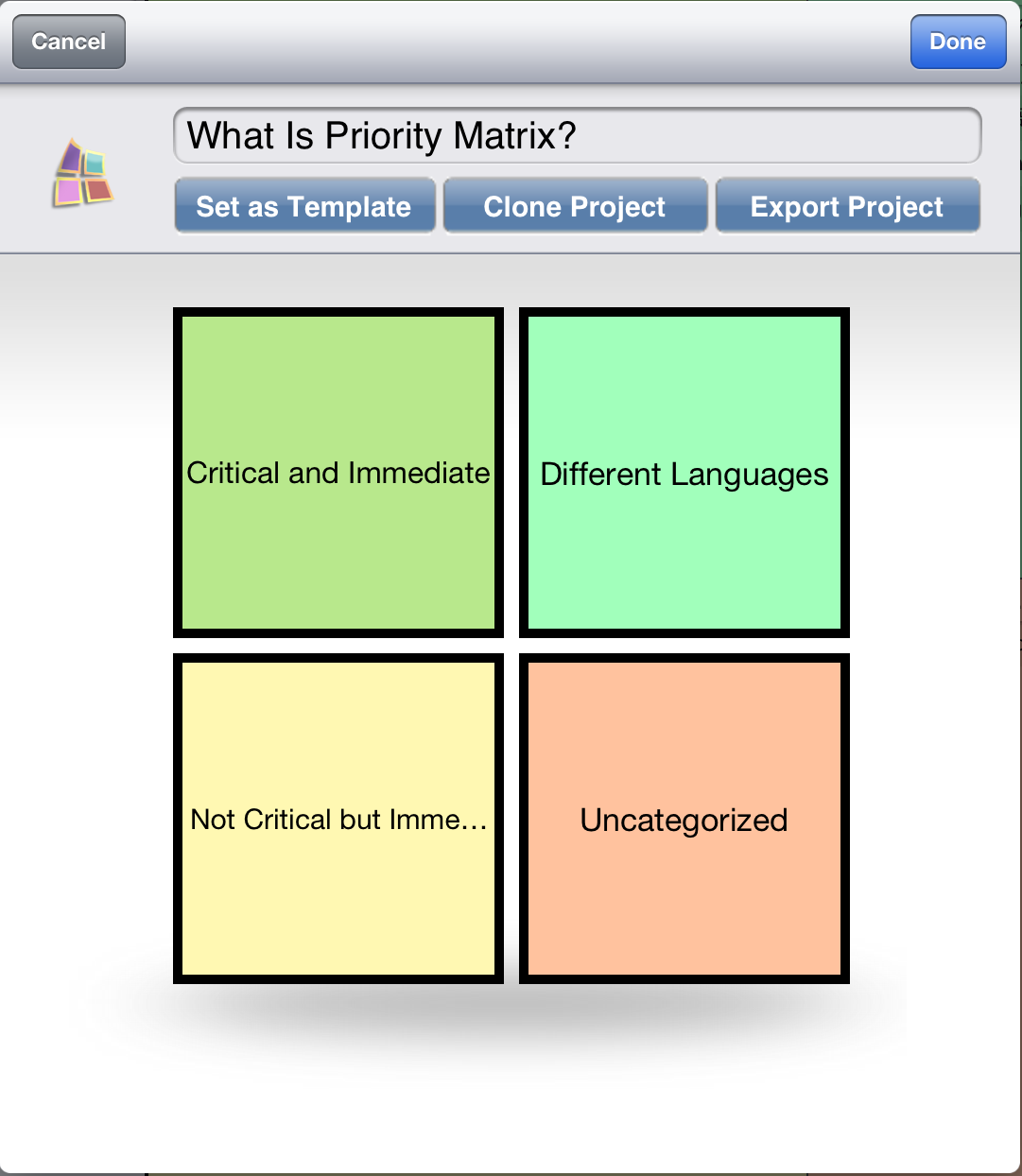

GLPI is nicely aligned to ITSM when it comes to Incident prioritization. < < use priority matrix> > NO Create Incident Apply Solution Template Email + Phone YES Start Incident Found Continue with Standard Incident. How about GLPI and Incident prioritization? Raised staff awareness level can go a long way. In that case, the best course of action seems to be to educate agents regularly and make sure they now parameters of signed contracts.

The first thing that must be done is determine. Some tools perform corrections of Urgency automatically based on Impact, SLA, OLA and Underpinning Contracts involved, however, most of them does not. An incident priority matrix is a tool to help determine an incidents priority based on the urgency and impact.

Somehow there is a solid difference when a finance application crashes during a payroll week and after the payroll week 🙂 This is to account for a variation of some Business Services which can differ in time. The Urgency is defined as the extent to which the Incident’s resolution can bear delay. General best practice is to have a CMDB up-to-date, what enables an agent to determine the Impact just by looking up which Business Services are affected by the particular Configuration Item’s malfunction. Well documented Incident management process should have some leads to make it easy to see at a glance like a single couple-users-unit makes the Impact Low but the whole department of affected users makes the Impact High. As a rule of thumb, Impact is determined by a number of users influenced by the Incident. Since this might be challenging to determine by an agent of Service Desk, some simplifications could be necessary. In other words, it’s the measure of how business critical it is. The impact is defined as the effect an Incident has on business. Now, What is Impact and how do we assess one? Usually the lower the value, the higher the Priority, thus Priority 1 is the highest possible and Priority 5 is the lowest. Granulation of priority 4 to 5 values should be enough to cover virtually all cases, yet not cause headaches to agents deciding which value to assign. The picture above shows a standard Incident priority matrix.


 0 kommentar(er)
0 kommentar(er)
